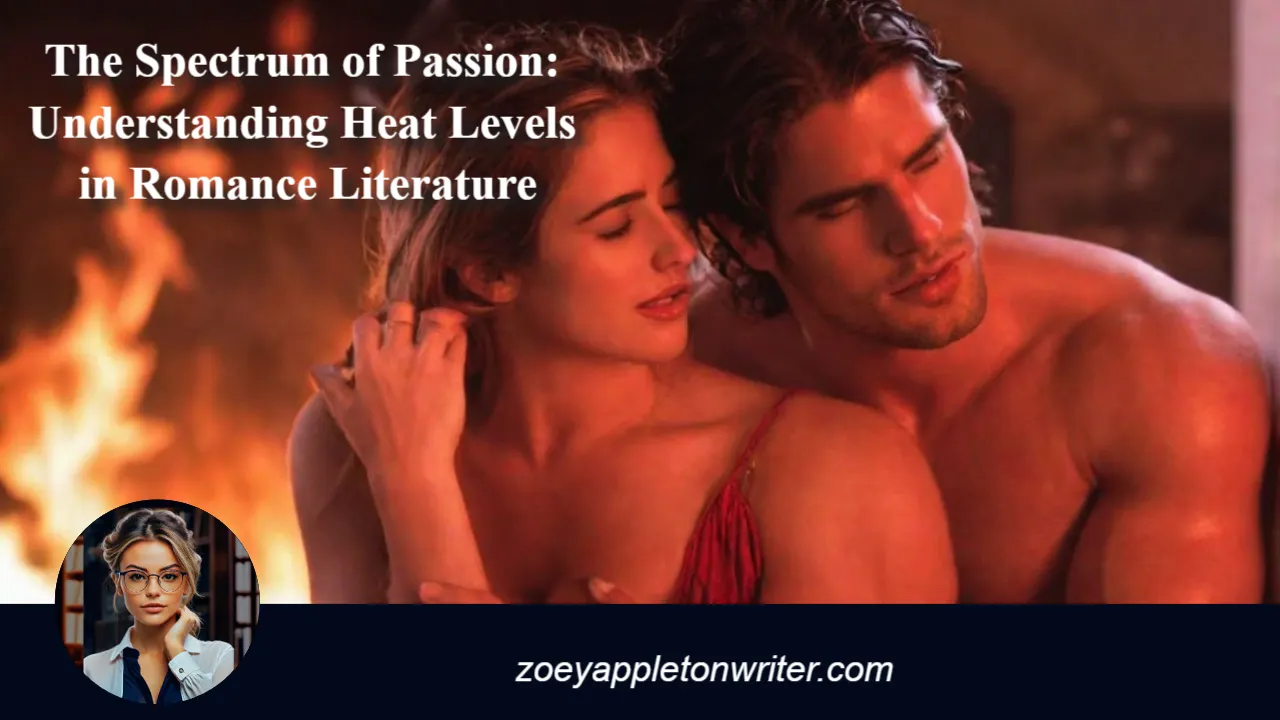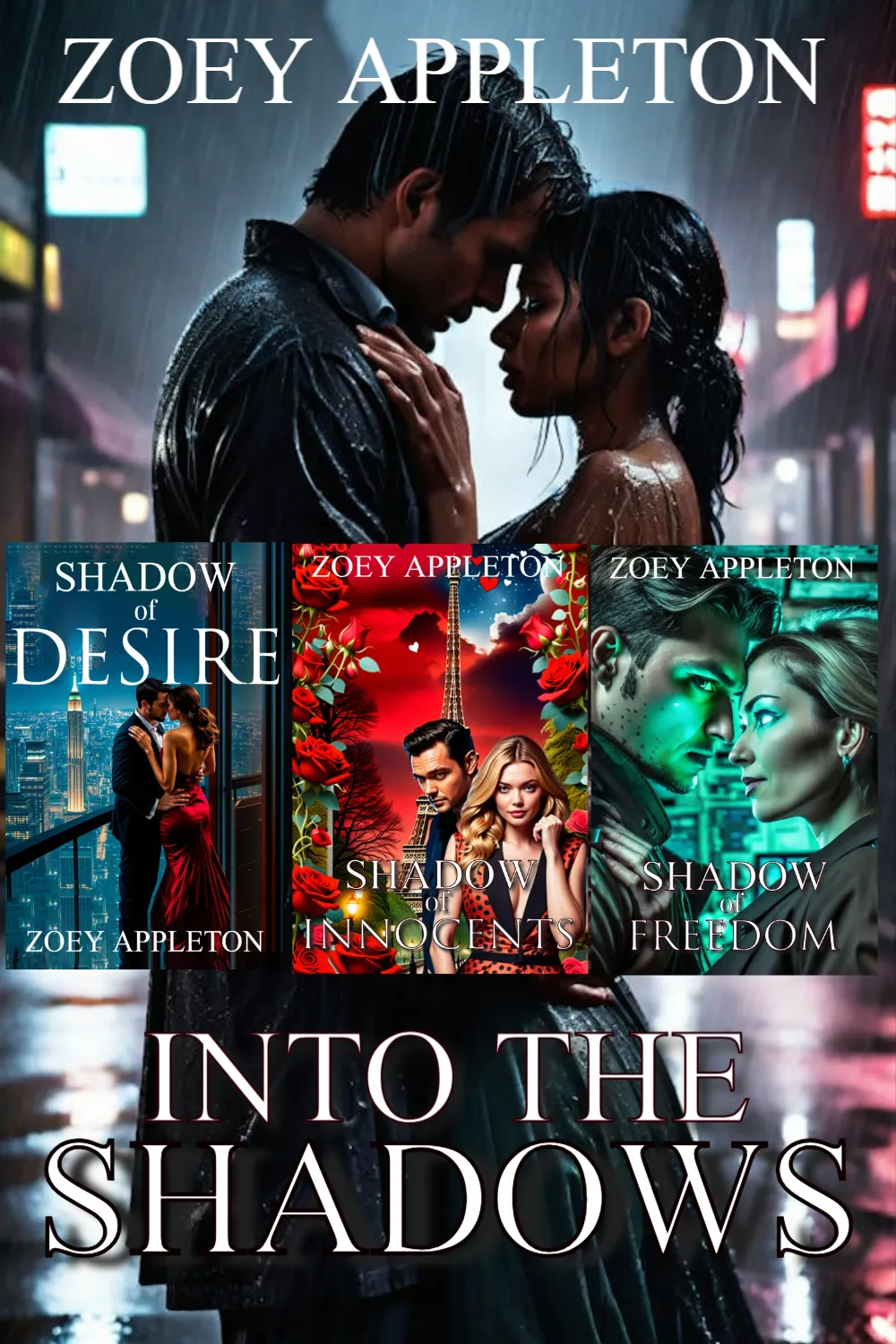The Spectrum of Passion: Understanding Heat Levels in Romance Literature
Romance literature, one of the most beloved and enduring genres, thrives on its ability to explore the complexities of love, relationships, and human connection. At the heart of this genre lies a concept that has become increasingly central to both readers and writers: heat levels. These classifications serve as a guide, helping readers gauge the intensity of romantic and sexual content within a story. For many, heat levels are not just a helpful tool but an essential part of selecting a book that aligns with their personal preferences and comfort zones.
At its core, the term "heat level" refers to the degree of sensuality or explicitness present in a romance novel. This spectrum ranges from sweet and chaste narratives to those filled with passionate, steamy encounters. By understanding heat levels, readers can find stories that resonate with their expectations, whether they seek tender emotional connections or more daring, physical explorations. For authors, categorizing their work according to heat levels ensures that their books reach the right audience, enhancing reader satisfaction and minimizing misunderstandings.
The significance of heat levels extends beyond individual preferences. It reflects broader trends and shifts within the romance genre itself. As societal attitudes toward sex and relationships evolve, so too do the ways in which intimacy is portrayed in literature. What was once considered taboo or controversial may now be embraced as a natural and integral part of storytelling. Heat levels provide a framework for navigating these changes, offering a language through which readers, reviewers, and authors can discuss and evaluate the role of sensuality in romance novels. In doing so, they contribute to a richer, more nuanced understanding of the genre—one that celebrates diversity in storytelling while respecting individual boundaries.
Ultimately, heat levels are more than just labels; they are a bridge between creators and consumers, fostering a shared understanding of what each story offers. Whether you're a devoted romance reader or a curious newcomer, recognizing the importance of heat levels can enhance your reading experience and help you discover stories that truly speak to your heart—and perhaps ignite a spark of passion along the way.
The Language of Heat Levels: Terms, Symbols, and Shared Understanding
When it comes to discussing heat levels in romance novels, readers and reviewers have developed a rich lexicon of terms and symbols to convey the intensity of romantic and sexual content. Words like "spicy," "sweet," and "steamy" have become shorthand for specific types of narratives, each evoking distinct imagery and expectations. These terms not only help readers identify the tone and style of a book but also create a shared vocabulary that fosters meaningful discussions about content and preferences.
For example, a "sweet" romance typically emphasizes emotional connection over physical intimacy, often featuring tender moments and heartfelt dialogue. On the other hand, "spicy" suggests a bolder approach, with flirtation and suggestive language adding a playful edge to the narrative. Meanwhile, "steamy" indicates a higher level of explicitness, where intimate scenes are vividly described and central to the plot. These descriptors allow readers to quickly assess whether a book aligns with their desired level of sensuality.
Symbols such as chili peppers 🌶️ and flames 🔥 further amplify this communication by providing a visual shorthand for heat levels. A single chili pepper might denote a mild romance with subtle hints of attraction, while multiple peppers signal escalating intensity. Similarly, flames are often used to indicate the most explicit and passionate stories, where the chemistry between characters burns brightly on every page. These icons are particularly popular in online reviews, book covers, and promotional materials, where they quickly convey the essence of a novel at a glance.
The use of such terms and symbols goes beyond mere convenience; it plays a crucial role in setting expectations and guiding reader choices. Imagine a reader who enjoys slow-burn romances with minimal physical interaction—they would likely gravitate toward books labeled "sweet" or adorned with a single chili pepper. Conversely, someone seeking a more adventurous read might look for titles marked as "steamy" or ablaze with flames. By offering clear signals about the nature of the content, these descriptors empower readers to make informed decisions, ensuring they select books that match their tastes and comfort levels.
Moreover, this shared language fosters community and conversation among romance enthusiasts. Online forums, social media groups, and book clubs often use these terms and symbols as starting points for discussions about favorite tropes, character dynamics, and writing styles. For instance, a reviewer might describe a novel as "moderately spicy, with two chili peppers," sparking debates about whether the balance of romance and sensuality was well-executed. Such exchanges not only deepen readers' appreciation for the genre but also highlight the diverse ways people engage with romantic storytelling.
In essence, the terminology and symbolism surrounding heat levels are more than marketing tools—they are integral to the romance reading experience. They provide clarity, foster connection, and celebrate the multifaceted nature of love and desire as depicted in literature. Whether through words or icons, these elements ensure that readers can navigate the vast landscape of romance novels with confidence and enthusiasm, finding stories that resonate deeply with their hearts and imaginations.
Heat Level - 3 / 4 - Adventure, Suspense and Romance.
Defining Heat Levels Through Frequency, Intensity, and Explicitness
To fully grasp the nuances of heat levels in romance novels, it’s essential to break down the three key factors that shape them: frequency, intensity, and explicitness. Each of these elements contributes uniquely to the overall tone and impact of intimate scenes, influencing how readers perceive and connect with the story. Together, they form a framework that helps both authors and readers understand what to expect from a novel's romantic and sexual content.
Frequency refers to how often intimate scenes appear throughout the narrative. In a "sweet" romance, for example, such moments may be few and far between, allowing the focus to remain on emotional development and character growth. These infrequent interactions are often understated, serving to enhance the connection between characters without overshadowing the plot. On the other end of the spectrum, a "steamy" or "spicy" romance might feature multiple intimate scenes, woven seamlessly into the storyline to heighten tension and drive the plot forward. The frequency of these moments can significantly affect pacing, creating either a slow-burn dynamic or a fast-paced, passion-driven narrative. For readers, understanding the frequency of intimate scenes helps them anticipate the rhythm of the story and decide whether it aligns with their preferences.
Intensity , meanwhile, speaks to the emotional and physical depth of the intimate moments themselves. A scene with high intensity might involve heightened emotions, palpable chemistry, or dramatic stakes, making the encounter feel pivotal to the characters’ relationship. In contrast, lower-intensity scenes may focus on subtlety and restraint, emphasizing tenderness or anticipation rather than outright passion. The intensity of these moments often correlates with the heat level of the novel—low-intensity scenes are more common in "sweet" romances, while "steamy" novels frequently explore deeper, more charged interactions. For authors, balancing intensity is crucial to maintaining authenticity and ensuring that intimate scenes feel organic to the characters and plot. For readers, the level of intensity determines how emotionally invested they become in the characters’ journey and whether the romance feels satisfying or forced.
Finally, explicitness addresses how detailed and descriptive intimate scenes are written. In a "clean" or "sweet" romance, descriptions may be vague or implied, focusing on gestures, glances, or soft touches rather than delving into specifics. This approach leaves much to the imagination, appealing to readers who prefer subtlety or wish to avoid graphic content. Conversely, "steamy" and "spicy" romances embrace explicitness, painting vivid pictures of physical encounters with sensory-rich language. These detailed portrayals aim to immerse readers in the moment, evoking visceral reactions and amplifying the emotional stakes. However, explicitness must be handled with care; overly gratuitous descriptions can detract from the story’s emotional core, while insufficient detail may leave readers feeling disconnected. Striking the right balance ensures that intimate scenes enhance the narrative rather than overshadow it.
Together, these three components—frequency, intensity, and explicitness—create a dynamic interplay that defines a novel’s heat level. For instance, a romance with infrequent but highly intense and explicit scenes might appeal to readers who enjoy slow-building tension culminating in powerful moments. Alternatively, a story with frequent, moderately intense, and mildly explicit scenes could cater to those who prefer steady, consistent chemistry throughout the narrative. By considering these factors, authors can craft stories that align with their intended heat level, while readers can more accurately assess whether a book suits their tastes.
Understanding these elements also highlights the diversity within the romance genre. No two "steamy" novels are alike, just as no two "sweet" romances share the same approach to intimacy. Some authors may prioritize emotional intensity over physical explicitness, while others may blend all three components to create a unique reading experience. This variability underscores the importance of clear communication about heat levels, ensuring that readers know exactly what to expect when they pick up a book. Whether through detailed descriptions, symbolic markers like chili peppers 🌶️, or carefully chosen terminology, these distinctions empower both creators and consumers to navigate the rich tapestry of romance literature with confidence and clarity.
Zoey Appleton's Novels
When it comes to Zoey's novels she focuses on adventure, suspense and thrills. The romance and heat lvels range between 2 and 4. Her scenes are well placed, fit the narative of the story and aren't forced. The acts themselves are not overly explicit and allow for the reader to delve in and allow their imaginations to run free.
When you read one of Zoey's novels you are emerged into a world unlike any other. Her books are suspensful thrillers with romance tying everything together. Here are just a few revies from her books.


